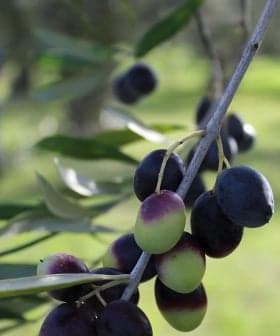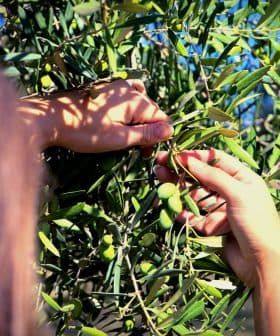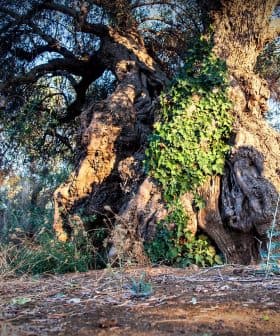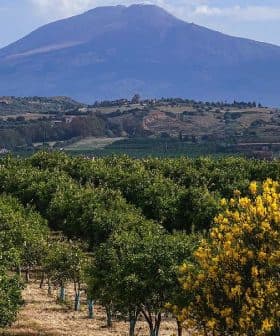Are Designations of Origin Working for Italian Olive Oil?
The article discusses the impact of PDO labelling on Italian olive oil producers, revealing that only 1 percent of the sector is covered by PDO certification. Despite this, the majority of producers believe in the value of PDO labelling and are committed to increasing their certified products. The survey also provides insights into the demographics of Italian PDO olive oil producers and the distribution channels for their products.

Almost twenty years have passed since the PDO (Protected Denomination of Origin, or DOP in Italian) was born in the European Union in 1992, and fifteen since the first DOPs were applied to extra virgin olive oil in Italy in 1996. Time to take stock of the situation, and to ask some uncomfortable yet necessary questions: Is the PDO a real asset for olive oil? Does it help producers increase their revenues?
Unaprol (the Italian Olive Oil Council) and Federdop (the Italian DOP Consortiums’ Federation) tried to provide answers through a comprehensive report about the Italian olive oil PDO chain. The report included a survey of a wide sample of certified producers — 205 Federdop member farms – and offers a profile of the average Italian PDO olive oil producer.
The most striking result was that the PDO market in Italy only covers 1 percent of the whole sector of extra virgin olive oil. It could be a disappointing data but, as Unaprol Chairman Massimo Gargano stated, we are speaking about the very top of the Italian olive oil production range.
Italy counts 39 DOP and 1 IGP (or PGI, Protected Geographic Indication) for olive oil, more than any other European country, but the whole certified production only measures 10,000 tons. Of these, an impressive 42 percent comes form Tuscany (IGP Olio Toscano) and 21 percent from Apulia (DOP Terra di Bari). 6 percent has the DOP Umbria and 4 percent the Riviera Ligure label. The remaining 27 percent is shared between the other 36 Italian PDOs.
The PDO labelling has very different economic relevance in the different areas of Italy (e.g. Northern Italy versus Southern Italy). The average price for certified extra virgin olive oil is about 10 Euros/kg, but while some oils from the North (like Brisighella, Garda and Riviera Ligure PDO) largely exceed this amount, southern PDO oils like Terra di Bari do not make it to 4 Euros/kg.
However, Italian producers still seem confident about PDO worthiness: figures show that in 2010 the 52 percent of the sample chose to increase the certified product and almost the whole sample – 99 percent — decided to confirm their choice for PDO.
64 percent of the respondents believe the PDO labelling increases the product’s value; 25 percent on the other hand choose the certification in order to better satisfy a more demanding consumer, while 11 percent to satisfy the trade and retail’s requests.
Again, the producers’ insight about PDO influence varies deeply across the country: in the rich North-East 100 percent of the poll respondents reckon the PDO market is an expanding one, while in the Southern regions this aspect plunges to 35 percent, and 56 percent think it is deadlocked.
But who is the average Italian PDO olive oil producer? The survey shows how most of those interviewed are sole traders. Tenant farmers are 53 years old on average, and 73 percent are male — but on Sicily and Sardinia, Italy’s main islands, women tenants account for 58 percent. As for the educational qualification, the greatest percentage have a high school diploma, while 29 percent possess a university degree (up to 35 percent in Central and Southern Italy).
One last mention should be for the retail chain. 30 percent of packed PDO olive oil is sold through retailers selling to the consumer, while 28 percent is sold through large-scale trade. It is worth highlighting that 17 percent is sold to the restaurant industry, particularly to top restaurants who play a major role in high quality olive oil promotion.
“The PDO label does not solve all the problems,” Federdop chairman Silvano Ferri said, “but it is a starting point to create a system of values that includes land (terroir), traditions, culture.” And Italy doesn’t really lack in any of those.









